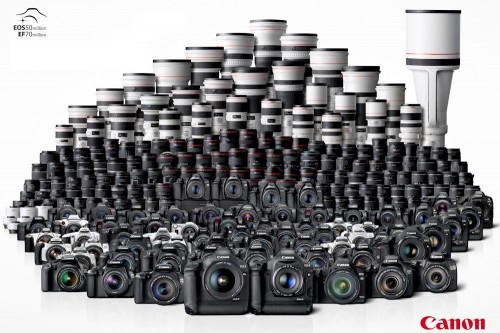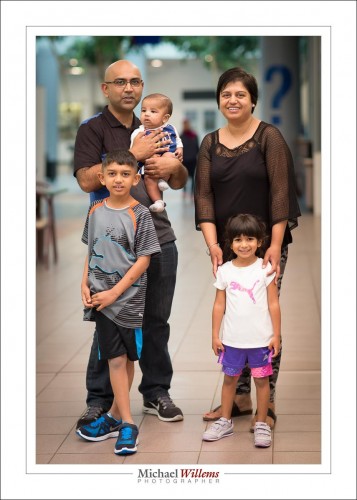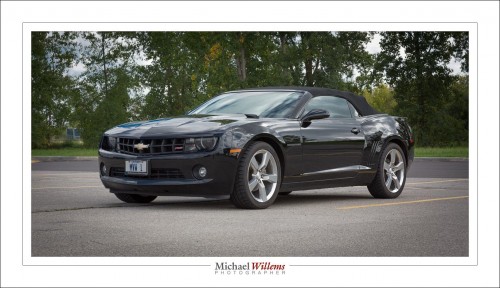“What lens should I buy?” is the most common question I hear from students. And no wonder: lenses cost a lot of money and there’s more than one to choose from. That said, surely choosing a lens for your camera cannot be that difficult? I mean, it’s not as though there’s a lot of them to choose from, is it?
Oh.
OK then, so there’s a lot. But still.
Here, then, are my Top Ten Timeless Tips about lenses:
- The lens is more important than the camera. I would much rather shoot with a Digital Rebel and my current lenses than with a Canon 1Dx Mk2 with kit lenses like a consumer “standard zoom” 17-55 f:3.5–5.6 EF-S/DX lens.
- You get what you pay for. Good “glass” makes better photos, and good “glass” costs money. But unlike a camera, a lens is an investment that keeps both its value and its functionality for at least several decades.
- There’s no “one lens does everything for everyone” lens. The more things a lens does, the worse its performance on each of the things it does. An SUV does a lot of things, but it’s not the best at any of the things it does. So as much as you would like there to be one lens that does it all, that lens will be a compromise lens. You may be better getting a couple of specialized lenses,
- Lower minimum “f-numbers” are good: you can shoot in the dark and you can get those blurry backgrounds you love. The number mentioned on the lens is the minimum for that lens, and lower is better. So a lens that says “1:2.8” can go as low as f/2.8, whereas a lens that says “1:3.5–5.6” can go as low as 3.5 when zoomed out, and can go as low as 5.6 when zoomed in.
- They do different things: Wide angle gives you “3-D” and easy-to-use; telephoto gives you “compressed perspective” and blurry backgrounds.
- They have different benefits: Zoom (adjustable) lenses are convenient; prime (fixed) lenses offer low “f-numbers”, consistency, and quality. The “consistency” advantage is often overlooked.
- Zoom lenses are best “in the middle”, not at the extreme wide or telephoto focal lengths. So a 16-35mm lens will not be at its very best at 16 or at 35mm.
- Zoom lenses are best “in the middle”, not at the extreme wide or narrow aperture. So an f/2.8–f/22 lens will not be at its very best at f/2.8 or at f/22.
- Use the right lens: For portraits. use longer lenses. Unless they are environmental portraits (where the person is small in the picture); then, you can use wide lenses.
- Third party lenses: By all means consider 3rd party lenses (such as Sigma). Their warranties are great and they can be very much cheaper. Try them on, hold and feel them: if you like them, go for it.
Full frame camera; 85mm f/1.2 lens at f/2.0—isn’t that nice, blurring out the noisy background? This way you can shoot nice family portraits anywhere, just about.
I love my 85mm prime lens for fashion or half-body portraits. On a crop camera, you might like to use a 50mm prime lens to get pretty much the same effect.
Full frame camera; 85mm f/1.2 lens set to f/8.0.
Let’s finish this note with an overview of my seven lenses. These are the typical photojournalist lenses, a list designed to meet pretty much any need quickly and efficiently:
Prime (fixed) lenses: for consistency, quality, and sometimes for special purposes such as macro/close up, here’s my favourite fixed lenses:
- Canon 35mm f/1.4
- Canon 85mm f/1.2
- Canon 100m f/2.8 Macro
- Canon 45mm f/2.8 Tilt-Shift
Zoom lenses: for convenience, these cover the gamut from very wide to kinda long:
- Canon 16-35mm f/2.8
- Canon 24-70 f/2.8
- Canon 70-200 f/2.8 IS
Misc: this allows the 200mm lens to become a 400mm lens (at f/5.6), without the cost.
- YongNuo 2x teleconverter
And those seven lenses allow me to cover what I need to shoot, whatever it may be.
Now it is time to get some sleep: tomorrow, I lead a Match.com workshop in Toronto.



